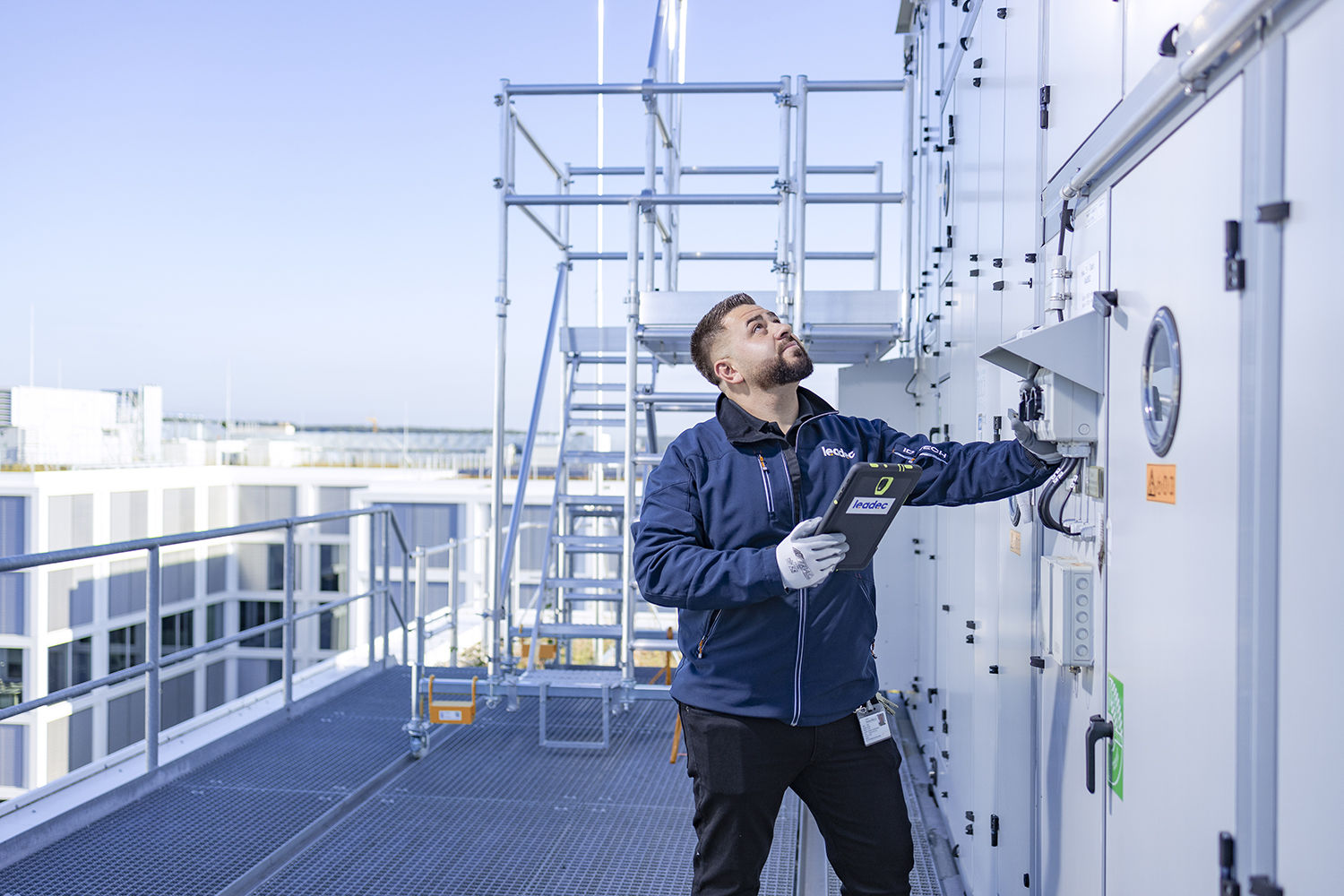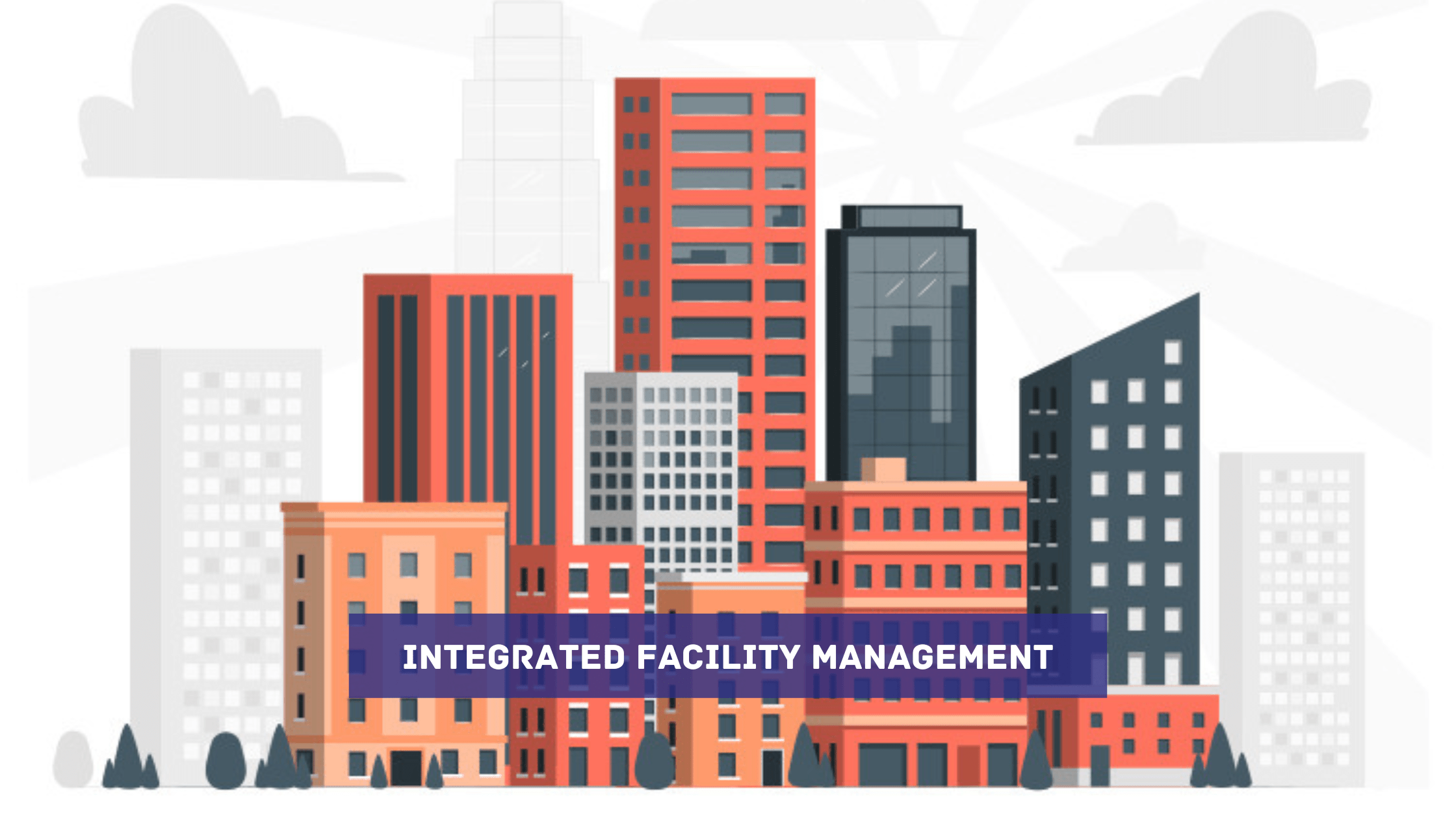The Essential Overview to Facility Management: Techniques for Success
Center management plays an important role in the general success of an organization, offering as the foundation that supports performance, safety, and productivity. The nuances of efficient center monitoring expand past plain logistics and require a comprehensive understanding of both quantitative and qualitative metrics.
Comprehending Facility Administration
What constitutes reliable facility management? Efficient center administration incorporates the control of numerous business features to make sure that developed atmospheres are risk-free, effective, and conducive to efficiency. Facility Management. It integrates the principles of company, design, and style management to produce a smooth functional circulation within an organization
Secret aspects of center monitoring include space planning, maintenance administration, and conformity with health and wellness regulations. Room planning concentrates on enhancing the use of physical resources to support organizational objectives, while maintenance monitoring makes certain that centers are kept in ideal condition, optimizing life-span and decreasing operational costs. Compliance with lawful and regulative criteria is crucial, as it safeguards the organization against possible liabilities and boosts its track record.
Furthermore, effective facility management counts on the calculated use technology, such as Structure Administration Solution (BMS) and Computer-Aided Center Administration (CAFM) devices. These technologies promote real-time monitoring of structure systems and streamline upkeep procedures. Inevitably, a thorough strategy to center administration not only promotes functional effectiveness yet likewise cultivates a favorable environment for staff members and visitors alike, driving general organizational success.
Key Strategies for Optimization
Optimizing facility management requires a tactical method that straightens operational practices with organizational purposes. To attain this, the first vital method is the implementation of incorporated technological services. Making use of sophisticated software program systems enables for real-time monitoring of facility procedures, helping with data-driven decision-making and boosting general efficiency.
Secondly, routine evaluations of center performance are necessary. Conducting routine inspections and audits allows facility supervisors to identify areas that require improvement, ensuring that sources are allocated efficiently. This aggressive method aids in reducing downtime and boosting service shipment.
Another important strategy is promoting cooperation throughout divisions. By urging open interaction between teams, facility supervisors can better align their techniques with organization goals, leading to improved operational synergy. In addition, engaging personnel in training programs advertises a culture of responsibility and boosts their capacity to add to optimization efforts.
Enhancing Safety And Security Procedures
Reinforcing security protocols is necessary for producing a safe and secure environment within facilities. An extensive security method not just safeguards site visitors and staff members but also enhances operational effectiveness. To achieve this, facility managers need to perform routine danger analyses to guarantee and recognize potential threats that appropriate measures are in area.
Training and education are vital parts of effective safety methods - Facility Management. Staff members need to obtain recurring training in emergency procedures, equipment handling, and personal safety procedures. Normal drills, such as fire emptyings or lockdown procedures, foster experience and preparedness amongst team
In addition, clear interaction networks have to be developed to report security issues quickly. This includes creating an available platform for employees to articulate possible dangers or occurrences without concern of . Leveraging technology can boost safety and security procedures; for example, implementing security systems and accessibility controls aids check center activities and limit unapproved entry.
Last but not least, conformity with local regulations and sector requirements is non-negotiable. Normal audits and reviews of safety and security protocols make sure alignment with existing regulations and best techniques. By focusing on these techniques, center managers can grow a culture of safety and security that safeguards all stakeholders and eventually adds to the organization's success.
Improving Work Environment Setting

Ergonomic considerations are important to decrease physical strain and discomfort. Facility Management. This involves supplying adjustable furniture, appropriate lights, and appropriate area for motion. These changes can cause reduced absenteeism and raised task complete satisfaction
Aesthetic appeals play a crucial role fit the work environment atmosphere. Utilizing shade psychology, natural lighting, and greenery can promote a inviting and boosting environment. Thoughtfully made rooms can boost creativity and improve total well-being.
Moreover, motivating worker interaction with comprehensive decision-making processes can improve the feeling of ownership and belonging. Gathering comments on office enhancements and involving workers in the style procedure can cause a much more customized setting that meets their requirements.
Finally, promoting well-being efforts, such as health cares and leisure areas, can additionally add to a supportive office culture. By focusing on these strategies, facility managers can efficiently enhance the workplace atmosphere, driving both worker contentment and organizational success.
Gauging Success in Facilities
Determining success in center administration needs a detailed approach that examines both measurable and qualitative metrics. Measurable metrics commonly consist of essential efficiency indications (KPIs) such as space utilization rates, power consumption, maintenance costs, and occupancy degrees. These metrics offer a clear image of operational performance and financial efficiency, enabling facility managers to determine areas for enhancement and standard against sector standards.
Qualitative metrics, on my company the other hand, concentrate on individual contentment and employee interaction. Surveys and responses devices can evaluate how well the facilities fulfill the requirements of occupants, assisting to analyze the general workplace environment. This aspect is important, as a satisfied workforce is often linked to raised productivity and retention rates.
To efficiently determine success, center supervisors must also take into consideration integrating modern technology, such as developing management systems and information analytics devices, to gather and assess appropriate information. On Extra resources a regular basis evaluating both collections of metrics enables a much more balanced view of efficiency and informs calculated choices. Eventually, an effective facility administration approach depends upon a dedication to continuous enhancement, making certain that both operational performances and user fulfillment are focused on.
Conclusion

Center monitoring plays a crucial role in the total success of a company, More hints offering as the backbone that sustains performance, security, and effectiveness.Trick aspects of facility administration include room planning, upkeep administration, and compliance with wellness and safety regulations.In addition, efficient facility monitoring relies on the critical usage of technology, such as Building Administration Systems (BMS) and Computer-Aided Center Monitoring (CAFM) devices. Ultimately, a thorough method to facility administration not only advertises functional efficiency yet additionally cultivates a positive setting for workers and site visitors alike, driving overall business success.
Ultimately, a successful center management method hinges on a commitment to constant renovation, guaranteeing that both functional efficiencies and individual satisfaction are prioritized.